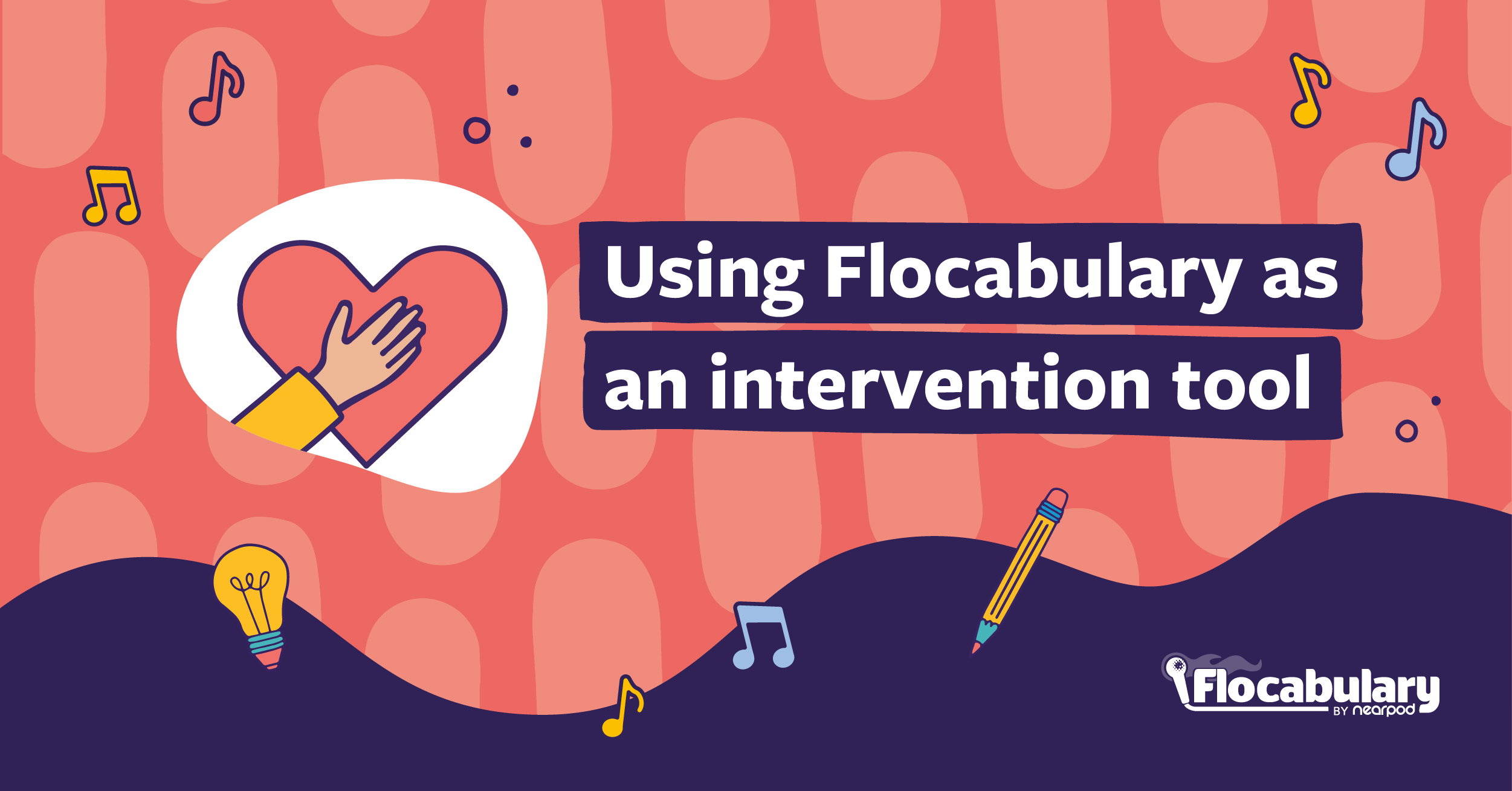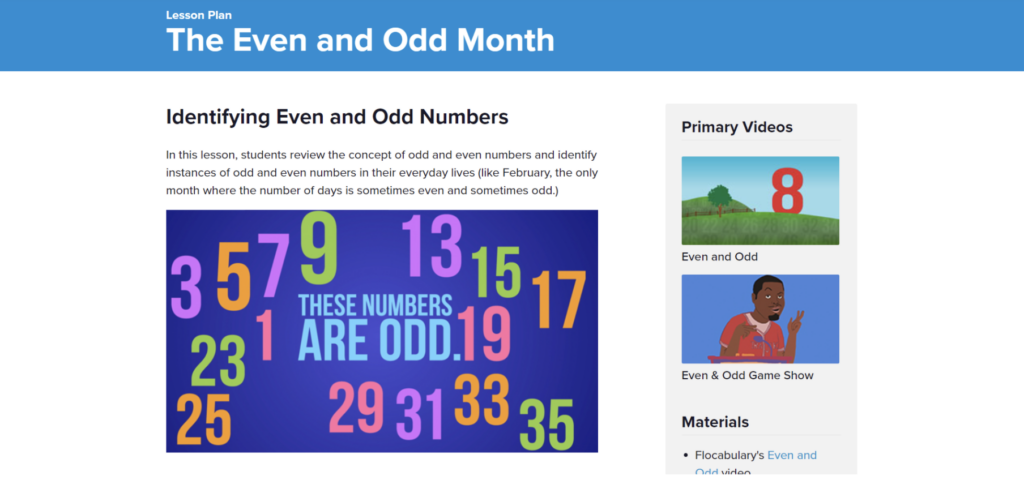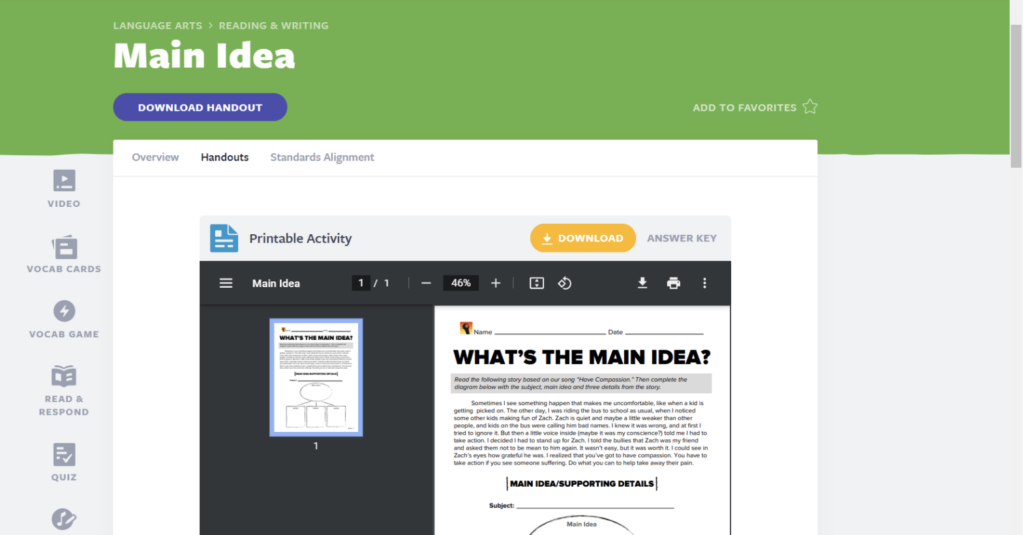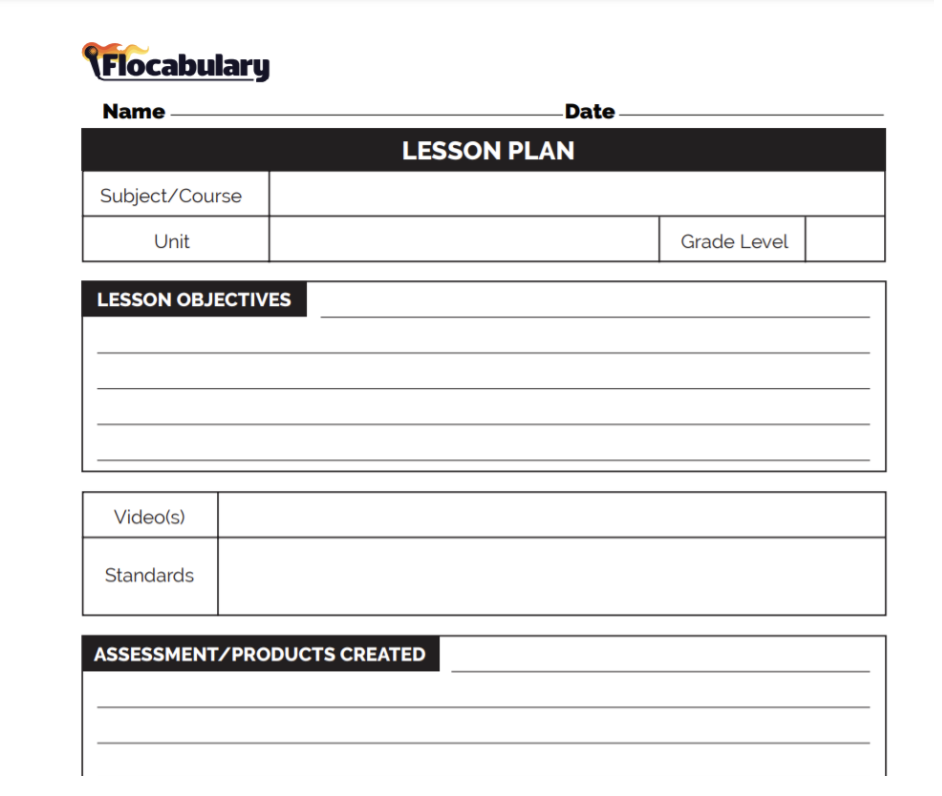
Using Flocabulary as an intervention tool
Response to Intervention (RtI) is like a good pair of shapewear – supports you in all the right places while being unnoticeable. Done effectively, Response to Intervention (RtI) is the “Road to Independence” for many struggling learners. Students need interventions for success in the classroom: academically, behaviorally, or both. Flocabulary takes the stigma away from needing more help. Using Response to Intervention (RtI) activities through Flocabulary makes learning at your own level the new classroom norm.
1. Introduce Math concepts
Need an intervention supporting students with multiplication and division? How ‘bout ratios and proportional relationships? Flocabulary has a lesson for you. Creating lessons for your “high fliers” and “sweet ‘n lows” is easy peasy:
- From the Math lesson library, choose a skill or topic you want students to practice. For example, Numbers and Operations.
- Click on “Assign” in the left hand corner of the video lesson. Select students you wish to assign.
- Select activities to complete (vocab cards, game, quiz, etc.)
- Students login and complete assignments for me to check later.
I create assignments students complete during centers while I work with small groups. Recently, I had my high students work on” even and odd numbers” (2nd grade) while other students needed extra practice “adding and subtracting zero” (kinder-1st). It comforts me to know I’m differentiating for my students both with me and independent work. I check student progress in my reports, planning for my kids based on performances. I adjust interventions if students need more practice or move on to new concepts. The ease of it all makes using Flocabulary as an intervention a good choice for my classroom. Flocabulary offers many resources to make planning easier. I got ideas for my even and odd lesson from a Flocabulary plan I found within the teacher resources.


2. Develop stronger comprehension
Comprehension takes practice. Easier said than done right. I thought so until using Flocabulary. Students watch videos, focusing on a certain comprehension skill. Then, I give students passages at their own level along with pre-made Flocabulary graphic organizers. Printing these graphic organizers out is simple and classic. OR try using Immersive Reader. This resource levels the playing field, exposing struggling readers to more complex texts they wouldn’t normally see. Immersive Reader actually reads aloud to students, labels parts of speech, and translates into multiple languages. Brings a tear to my eye just thinking about it. It’s nice that along with all these other features and resources, Flocabulary teaches various skills such as:
Every Flocabulary lesson comes with a lesson overview, recommended grade level, and standards alignment.



3. Reinforce grammar in writing
Sing it with me, “conjunction, conjunction, what’s your function?” Everyone loves a good mnemonic learning strategy. Am I right? Flocabulary puts a more modern twist on the songs we learned as students. Teaching grammar to lower students is tricky because they themselves struggle as writers. BUT, Flocabulary videos make grammar more relatable. Now, these videos boost my lessons, and I use Flocabulary’s lesson plan template for my small groups to keep me organized. Here are just a few ways I integrated Flocabulary grammar into my differentiated groups:
- We watch videos as an introduction – different groups get different videos
- I use handouts for more guided practice in groups.
- During conferences, I reference videos and activities, guiding their writing.
- I assign lessons for extra practice.
One lesson I highly recommend for grammar is “End Punctuation”. It fantastically describes the tone of voice each ending mark adds to writing, and when writers use each mark. This video is multiple lessons all rolled into one.



4. Help with communication
I’m gonna be real with everyone right now. I can talk. This probably didn’t shock you. Language comes naturally to me. I love everything about it. That’s not the case with every kid in my classroom however. English might be a second language to some. Others might struggle with selective mutism (shy talkers aka the quiet ones). They might even have developmental language delays. Students with these struggles need support in the classroom on top of simple conversations with you and fellow classmates.
The Word Up videos in Flocabulary expose students to new vocabulary words and give them meaning. The videos are organized into grade levels, so you can pick a vocabulary series right where your students need it most. Each level comes with gobs of handouts to get kids talking.
Lyric lab is another resource where students can show their expression after watching lessons. It even finds rhymes for words selected by students – helping with phonemic awareness! Students in need of communication help can share their songs to classmates or just to you. Songs are quick and catchy. For my students, I insert these videos into a Nearpod lesson and use the Open-ended activity in the Nearpod lesson. I record directions using the audio tool to verbally give my students directions, giving them practice in responsive language (listening). They can then record themselves using vocabulary words or guided talks of my choosing. I can go back and listen to their answers to see where I can help their communication. This activity is versatile with more Flocabulary videos and lessons, not just Word Up. I like that the speech interventionists or Title 1 teachers can also hear the responses when I meet with them, and we can plan as a team.


5. Foster Social Emotional Learning
I knew early on with my students that we needed to work on social skills. Regulating emotions and coping are hard concepts. We often assume kids have these skills, and we all know what happens when you assume. Some kids have not been taught social emotional skills like managing frustration, respect, or bullying. For older kids, there’s even test taking anxiety. Flocabulary videos act as wonderful social stories. I can make a Flocabulary lesson for a student to watch and have activities made for them to work out their emotions. I can ask through lessons what makes them frustrated, and they can share in a safe space where their classmates’ eyes aren’t all on him. I can look over their responses, and we can have a discussions to work through these emotions. You can even share these videos with the whole class too. Flocabulary also has Social Emotional Learning (SEL) resources to help get you started.

Do not fear the Response to Intervention (RtI). Response to Intervention (RtI) is our friend. Kids learn differently and at different levels. Implementing interventions at multiple levels is possible with the right resources at your disposal. Flocabulary is an intervention teachers can use for high and low learners. It’s versatile, which is what teachers need in an ever-changing classroom environment.
